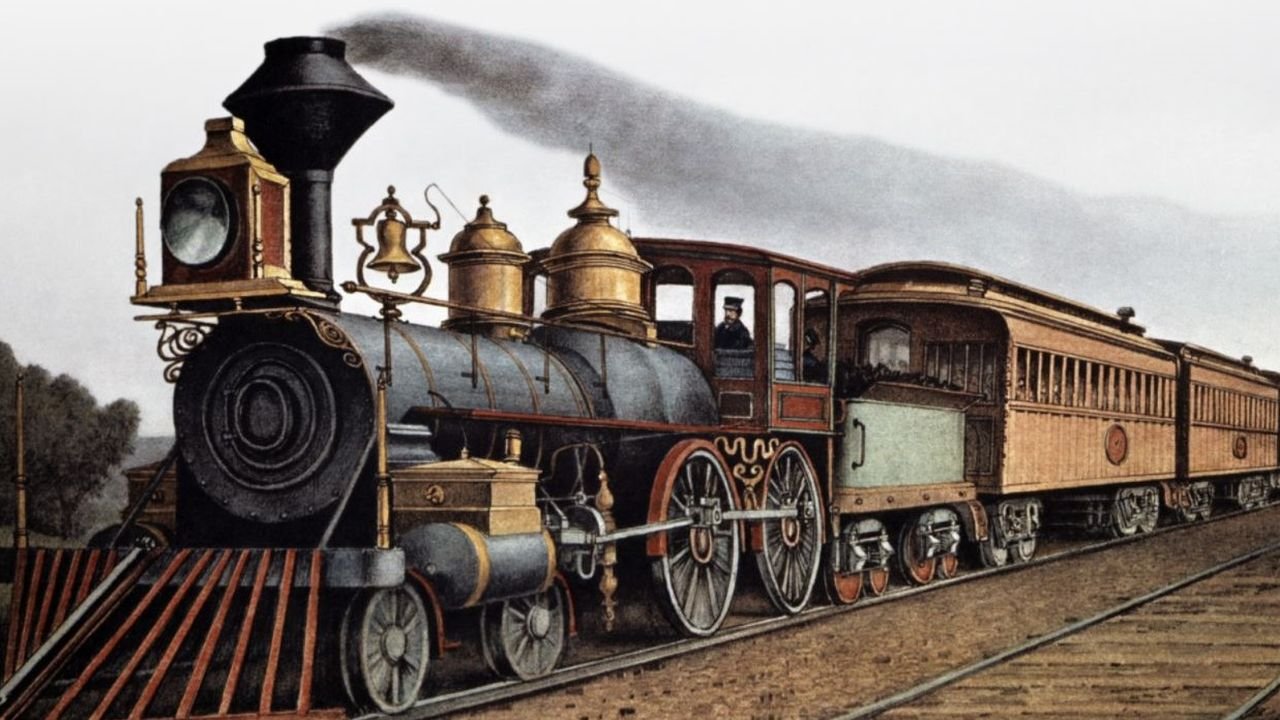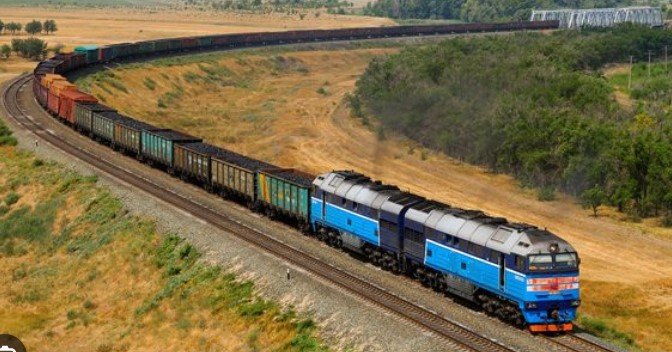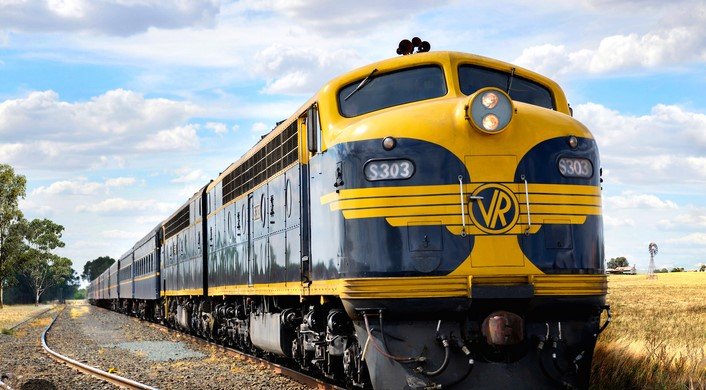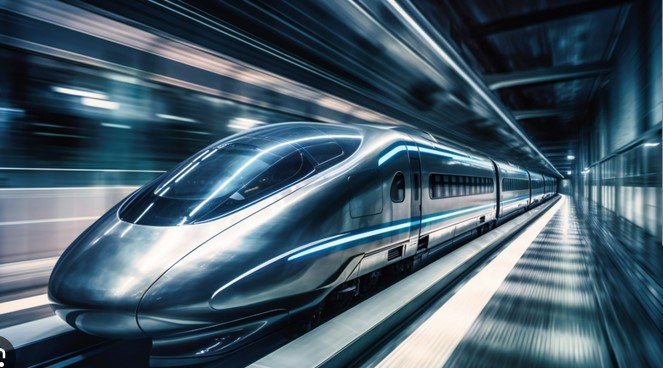The history of train design is a fascinating story of technological progress, engineering marvels, and cultural shifts. From the earliest days of steam-powered locomotives to the sleek, futuristic designs of modern high-speed trains, the journey of train evolution has shaped how we travel, how we connect, and how we experience the world. This article takes a deep dive into the evolution of train design, examining the milestones that have defined railway travel and paved the way for the high-speed trains of today.
1. The Steam Engine: The Birth of Railway Travel
The story of train design begins in the early 19th century with the advent of the steam engine. Steam-powered trains revolutionized transportation, providing the first practical means of traveling over long distances on land.
- The First Steam Locomotive: In 1804, Richard Trevithick, a British engineer, built the first full-scale working steam locomotive. However, it was George Stephenson’s “Locomotion No. 1” in 1825 that truly ushered in the age of the steam-powered train, making the Stockton and Darlington Railway the world’s first public railway to be powered by a steam locomotive. This design was basic but marked a significant turning point in transportation.
- Design Characteristics: Early steam locomotives were bulky, with large wheels, a coal-powered boiler, and a prominent smokestack. The trains were often simple in design, built primarily for function. They featured open carriages, and passengers were exposed to the elements, leading to less comfort and more utilitarian travel experiences.
The steam engine was a game-changer in terms of speed and efficiency, with trains soon achieving speeds of up to 30 mph (48 km/h), which, at the time, was an extraordinary feat.
2. The Age of Steam Expansion: Golden Age of Rail Travel
The period between the mid-1800s and early 1900s marked the Golden Age of Railways, where steam-powered trains were at the peak of their popularity and technological development. This era saw significant improvements in both the design and infrastructure of trains.
- Design Evolution: Steam locomotives evolved to become more powerful, faster, and safer. More advanced features such as enclosed passenger cars, better braking systems, and more efficient engines began to emerge. Aesthetic touches also appeared, with some trains boasting ornate detailing, polished wood interiors, and plush seating. Train stations also grew in grandeur, symbolizing the importance of the railway system.
- Iconic Trains: The era saw the emergence of iconic luxury trains such as the Orient Express (1883) and the Royal Scotsman. These trains were not just about getting from one place to another—they offered an experience of elegance, luxury, and comfort, complete with fine dining and personal service.

3. The Transition to Diesel and Electric Trains
By the early to mid-20th century, steam trains began to be replaced by diesel and electric trains. These new engines were more efficient, powerful, and easier to maintain compared to steam locomotives, leading to a shift in railway technology.
- Diesel Locomotives: Diesel-powered trains began to appear in the 1920s, but it wasn’t until the 1940s and 1950s that they became widely adopted. Diesel engines provided more power with fewer emissions, making them ideal for both long-distance and freight transport.
- Electric Trains: Electrification of train lines began in the late 19th century, but the real surge in electric train usage occurred in the mid-1900s. Electric trains were faster, quieter, and more environmentally friendly compared to their diesel and steam counterparts. They became the preferred option in urban and high-density areas where frequent, rapid transport was essential.
The new engines allowed trains to operate at higher speeds and for longer distances, setting the stage for the next big leap in train design.
4. High-Speed Rail: The Future of Train Travel
The 1960s and 1970s ushered in a new era of high-speed rail, a revolution that would change the face of train travel forever. Trains capable of reaching speeds of over 200 mph (320 km/h) began to take shape, providing a viable alternative to air travel.
- Shinkansen – The Bullet Train: The Shinkansen (or Bullet Train) in Japan, which began service in 1964, was the world’s first high-speed rail system. These trains were sleek, streamlined, and specifically designed to reduce air resistance, allowing them to travel at speeds of up to 130 mph (210 km/h) initially and up to 200 mph (320 km/h) on modern routes. The Shinkansen set the standard for high-speed rail, influencing design and engineering practices worldwide.
- Design Characteristics: High-speed trains are defined by their aerodynamic shapes, with smooth, sleek lines to minimize drag. They are often made from lightweight materials such as aluminum and feature advanced braking systems to ensure safety at high speeds. Inside, passengers experience a more comfortable and spacious journey, with plush seats, quiet cabins, and onboard amenities designed to enhance the experience.
- Global High-Speed Networks: After the success of the Shinkansen, other countries followed suit with their own high-speed rail systems. France’s TGV (Train à Grande Vitesse), Germany’s ICE (InterCityExpress), and China’s CRH trains are just a few examples of global efforts to modernize rail travel. Today, China has the world’s largest high-speed rail network, with trains that can reach speeds of up to 250 mph (400 km/h).
5. Modern Innovations: Autonomous and Eco-Friendly Trains
The future of train design is not just about speed; it’s about sustainability, comfort, and the integration of new technologies. Today’s trains are designed to be more eco-friendly, efficient, and passenger-centric.
- Electric and Autonomous Trains: In recent years, advancements in autonomous train technology have started to make waves. These trains, which rely on advanced sensors and AI to operate without a human conductor, are seen as the next step in train travel. They offer greater efficiency, fewer errors, and lower costs in operation.
- Eco-Friendly Innovations: Many modern trains are designed with environmental sustainability in mind. From hydrogen-powered trains to solar panels and regenerative braking systems, the rail industry is making strides in reducing its carbon footprint. These innovations help to make trains one of the most energy-efficient modes of transport, especially when compared to cars and planes.
- Passenger-Centric Design: The interiors of modern trains focus on comfort, with spacious seating, quiet cabins, and ample amenities. Trains like the Eurostar or the Brightline in the U.S. offer first-class services with fine dining, Wi-Fi, and entertainment, catering to the needs of today’s passengers.
Conclusion
The evolution of train design—from steam engines to high-speed rail—has been a journey of continuous innovation and transformation. Each stage in the development of train technology has brought new capabilities and new ways for people to connect, whether through the romantic allure of steam or the cutting-edge efficiency of high-speed rail. As we look to the future, advancements in autonomous trains and eco-friendly technology promise to make rail travel more sustainable, faster, and more accessible than ever before. Whether it’s a scenic ride through the countryside or a rapid transit system connecting cities, trains continue to evolve, shaping the future of transportation for generations to come.




